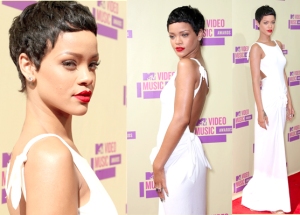According to Turner’s formulation in this chapter the body is a material, physical, organism that also acts as a metaphor. As expressed “bodies are considered as sites, environments and locations for a multitude of practices and discourses concerning the ordering and regulation of society”. The body acts as a symbolic representation of the structure of society and its order. As expressed by Outram, bodies act as a source of embodied opinions from a variety of sources. These “opinions” act as a result or response to cultural discourses such as politics, art, media, religion etc, all things pertaining to important topics in society. It is also explained in this chapter that the interaction of people takes place between those who express messages through their appearance “bodily self-presentation”. You can learn a lot about someone by the way dress (character, their likes, dislikes, what kind of mood they’re in, what they’re doing cultural backgrounds, views on society) before verbally communicating. Which is also essentially apart of cultural performance in a private –intimate space to a public space, giving a distinction between who a person is and the performance of a person (who they are from and audience perspective). In the book it explains how theatre performance had to relate to its audience, the costumes of the actors had to connect with the cultural context of that period, in a sense the costumes had to be seen as everyday apparel. The stage acted as a behavioral microcosm of real life in relation to theatre. This was particularly seen during English Renaissance. It is mentioned in this chapter “beauty, decorum, and proportions were considered outward sign of inner nobility”. Most garments outlined the a person imposed shape as a response to contemporary conventions rather than the actual shape of their body. The paintings shown in this chapter of the men’s garments are interesting because they appear as more or a women’s costume. For example, Richard Sackville and George Villiers both are wearing slightly hilled shoes in the paintings which brought attention to the fact that men’s wear was not so different from women’s fashion. The femininity of men’s costumes as shown during the English Renaissance is also seen in the trends by men in todays society, especially by artists and actors as expressed by Claire in the article Men’s Fashion Trend: Women’s Clothing .
http://fashionbombdaily.com/2011/08/30/mens-fashion-trend-womens-clothing/



